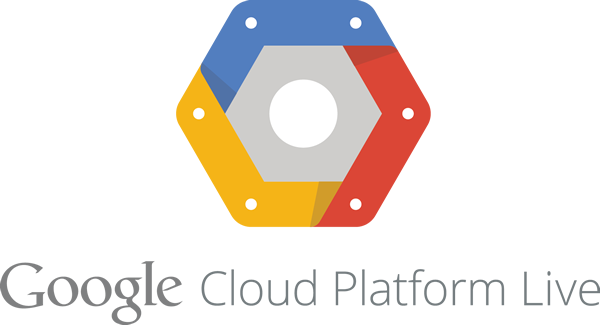Since its launch three years back, Kubernetes has gained a lot of popularity over the years, with many vendors even developing their own offerings. What makes the Kubernetes software so successful is that it is programmed to run anywhere and its consistency.
There are roughly 60 new Kubernetes platforms and distributions out there.
One of the main concerns to users of the Kubernetes program is that it should be consistent and reliable anywhere and at any time. This issue is compounded with the fact that there are many vendors out there who are now offering Kubernetes, so consistency over platforms does become a major concern for any client.
In order to address this issue, the Cloud Native Computing Foundation or more commonly known as CNCF in partnership with the Kubernetes community, have recently introduced the beta version of Kubernetes conformance certification program.
Besides conforming to standards, the Kubernetes certification also gives users confidence of a high level of common functionality of the Kubernetes software over all platforms.
Basically clients can be sure that their software will work as expected.
Cloud Native Computing Foundation in partnership with the Kubernetes community are requesting all Kubernetes vendors to run the conformance test and then send the results to the CNCF for review and to give the certificate.
All vendors that have been tested and certified during the beta version of the program will have their names published when the actual version of the program is released.
Kubernetes certification standards will receive updates as and when there are software developments to the Kubernetes program itself.
This is done in order to ensure that the updated version of the Kubernetes software conforms to updated standards and a new certificate will be issued in effect.
Every vendor has to get recertified each year in order to provide their clients with the reassurance that not only are they getting a software that complies with uniform standards but is also updated with all the latest and newest in the Kubernetes software.
Once the vendors have their certification in hand they will be able to display the Kubernetes certified logo on all marketing and packaging material.
One of the main advantages with a Kubernetes certificate is that there will be smoother flow of data between cloud environments and local operations. The workload can also be split over multiple platforms.
Another advantage is that there will be consistent updates and access to support resources and community software.
There are roughly 60 new Kubernetes platforms and distributions out there.
What is a Kubernetes Certification program?
One of the main concerns to users of the Kubernetes program is that it should be consistent and reliable anywhere and at any time. This issue is compounded with the fact that there are many vendors out there who are now offering Kubernetes, so consistency over platforms does become a major concern for any client.
In order to address this issue, the Cloud Native Computing Foundation or more commonly known as CNCF in partnership with the Kubernetes community, have recently introduced the beta version of Kubernetes conformance certification program.
The Kubernetes Certification Program:
With this certificate in mind, vendors are able to reassure their clients that the software they are using conform to standards and will be reliable in any of the platforms they use it on.
Besides conforming to standards, the Kubernetes certification also gives users confidence of a high level of common functionality of the Kubernetes software over all platforms.
Basically clients can be sure that their software will work as expected.
How to get the Kubernetes conformation Certificate?
Cloud Native Computing Foundation in partnership with the Kubernetes community are requesting all Kubernetes vendors to run the conformance test and then send the results to the CNCF for review and to give the certificate.
All vendors that have been tested and certified during the beta version of the program will have their names published when the actual version of the program is released.
Changes to the Kubernetes certificate:
Kubernetes certification standards will receive updates as and when there are software developments to the Kubernetes program itself.
This is done in order to ensure that the updated version of the Kubernetes software conforms to updated standards and a new certificate will be issued in effect.
Every vendor has to get recertified each year in order to provide their clients with the reassurance that not only are they getting a software that complies with uniform standards but is also updated with all the latest and newest in the Kubernetes software.
Once the vendors have their certification in hand they will be able to display the Kubernetes certified logo on all marketing and packaging material.
Advantages of Kubernetes Certification:
One of the main advantages with a Kubernetes certificate is that there will be smoother flow of data between cloud environments and local operations. The workload can also be split over multiple platforms.
Another advantage is that there will be consistent updates and access to support resources and community software.





















